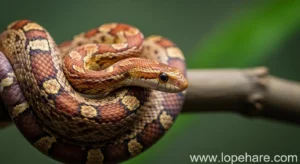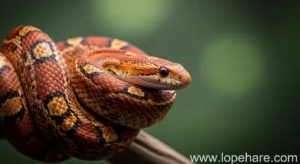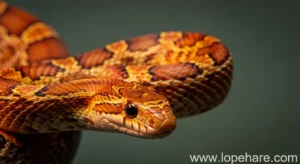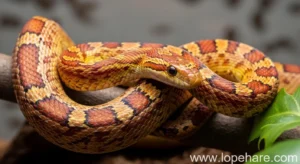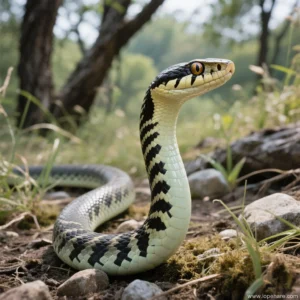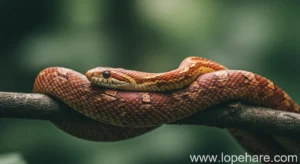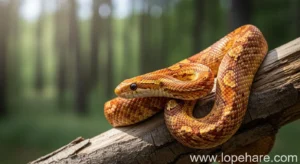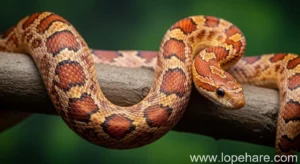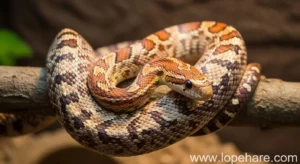
Reptile Behavior
Corn Snake Behavior: Understanding Your Pet’s Movements
At LopeHare, we specialize in providing comprehensive information for owners of niche pets, including various reptiles. One of the most rewarding aspects of keeping a corn snake is observing their natural behaviors. Unlike some pets that are very outwardly expressive, snake behavior can be subtle and sometimes puzzling to new owners. Understanding corn snake body language and typical movement patterns is crucial for ensuring their well-being, recognizing potential issues, and building a bond based on respect for their natural instincts. As editors dedicated to professional pet care guidance, we believe demystifying these actions is key to successful snake keeping.
Why Understanding Behavior is Key to Care
Observing your corn snake’s behavior isn’t just interesting; it’s a fundamental part of proactive husbandry. Changes in typical behavior are often the first indicators of stress, illness, or unsuitable environmental conditions. A snake that is usually active but becomes lethargic, or one that is normally relaxed but suddenly becomes defensive, is telling you something is wrong. By recognizing normal behavior, you can quickly spot deviations and address issues before they become severe. This aligns perfectly with our mission at LopeHare to empower owners with the knowledge needed for optimal pet health.
Interpreting Corn Snake Body Language
While they lack facial expressions, corn snakes communicate through their posture, movement, and reactions. Common corn snake behaviors explained often relate to their basic needs: safety, warmth, hunting, and shedding. Learning to read these signs is essential for their care.
Context is Crucial: Always consider the context of the behavior. A snake hiding after a meal is normal; a snake constantly hiding and refusing food may indicate a problem.
Exploration & Activity Patterns
Corn snakes are naturally curious and semi-fossorial (spending time underground) and scansorial (climbing). Their activity levels can vary depending on temperature, time of day, and individual personality.
- Burrowing: Providing a substrate like aspen shavings or cypress mulch allows them to exhibit natural burrowing behavior, which makes them feel secure and helps regulate their temperature.
- Climbing: In the wild, they climb trees and structures in search of prey or to bask. Offering branches, cork bark, or other elevated hides in their enclosure encourages this natural climbing instinct and provides environmental enrichment.
- Nocturnal vs. Diurnal: While often described as crepuscular (active at dawn and dusk), corn snakes can be observed moving around both day and night, particularly when exploring or hunting. You might see them basking under their heat lamp during the day or actively exploring their enclosure boundaries in the evening.
- Glass Surfing: Repeatedly rubbing their nose against the glass walls of their enclosure can indicate stress, often due to unsuitable temperatures, lack of hiding spots, hunger, or simply wanting to explore outside the confines of the tank. If persistent, assess your husbandry.
Feeding Responses
A healthy corn snake will exhibit a strong feeding response. This typically involves scent-tracking prey, striking quickly, constricting, and then swallowing headfirst.
- Scent Following: They primarily use their sense of smell (via their Jacobson’s organ, picking up scent particles with their tongue) to locate food.
- Strike and Constrict: This is an instinctive hunting behavior. Even captive snakes fed pre-killed prey will often strike and constrict before swallowing.
- Refusal to Eat: A common behavior change indicating a potential issue. Reasons can range from pre-shedding, incorrect temperature, stress, or illness. It’s crucial to investigate why a snake is refusing food.
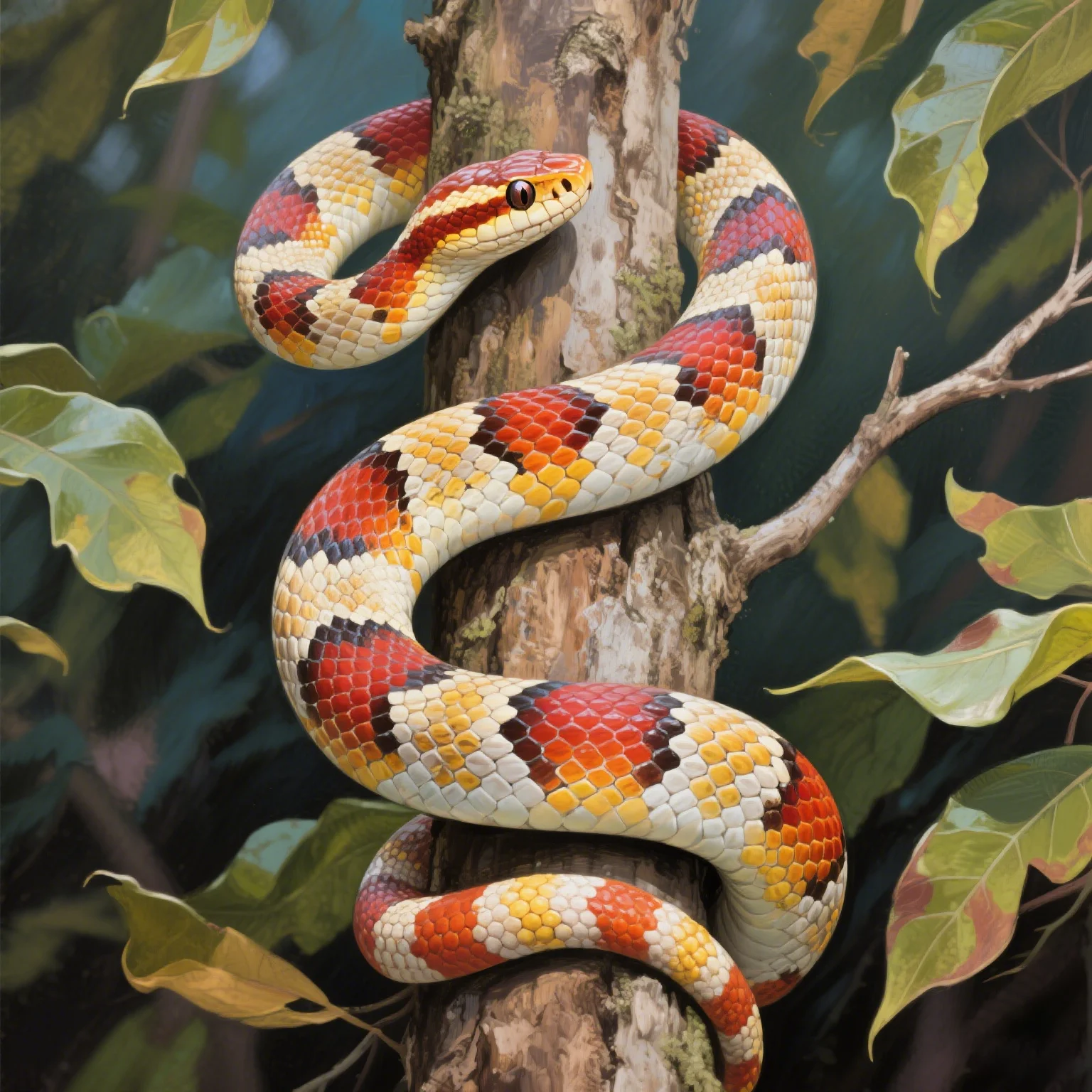
Defensive Behaviors
Corn snakes are generally docile, especially captive-bred individuals that are regularly handled. However, if they feel threatened or startled, they may exhibit defensive behaviors:
- Tail Vibrating: Rapidly vibrating their tail, often against dry leaves or substrate, mimics the sound of a rattlesnake and is intended to startle a potential predator.
- Striking/Biting: While they may strike, it’s usually a bluff with a closed mouth. Bites are rare but can occur if they feel cornered or are confused by food smells on your hands. Regular, gentle handling reduces the likelihood of this.
- Musking: Releasing a foul-smelling musk from their cloaca as a deterrent when severely stressed or captured. This is uncommon in well-adjusted pets.
Understanding these signals helps you avoid triggering them and build trust with your pet. Approaching calmly and supporting their body during handling are key.
Shedding Cycle Signs
Shedding (ecdysis) is a normal, periodic process. Recognizing the signs is important:
- Dull Skin/Coloration: Colors become less vibrant as a new layer of skin forms underneath.
- Cloudy Eyes (“In the Blue”): The most obvious sign. The spectacle (eye cap) becomes opaque. Their vision is impaired during this phase, making them more reclusive and potentially defensive.
- Pink Belly: The ventral scales may turn pink just before shedding.
- Increased Hiding/Irritability: Snakes are vulnerable during shed and often seek seclusion. Avoid handling during the “blue” phase.
- Clear Eyes/Bright Colors: After the blue phase clears (usually a day or two before the actual shed), their eyes become clear, and colors may seem brighter. The shed is imminent.
A healthy shed should come off in one piece, including the eye caps. Difficulty shedding (dysecdysis) indicates husbandry problems, usually insufficient humidity or lack of proper surfaces to rub against.
Recognizing Stress and Illness Through Behavior
Deviations from normal behavior are red flags. Be alert for:
- Persistent Lethargy or Restlessness: Beyond normal activity cycles.
- Loss of Appetite: If not related to shedding or recent feeding.
- Abnormal Postures: Head stargazing (looking upwards constantly), tremors, or uncoordinated movements can indicate neurological issues.
- Mouth Gaping or Bubbles from Nose/Mouth: Signs of potential respiratory infection.
- Excessive Hiding or Increased Defensiveness: Can signal discomfort, pain, or stress.
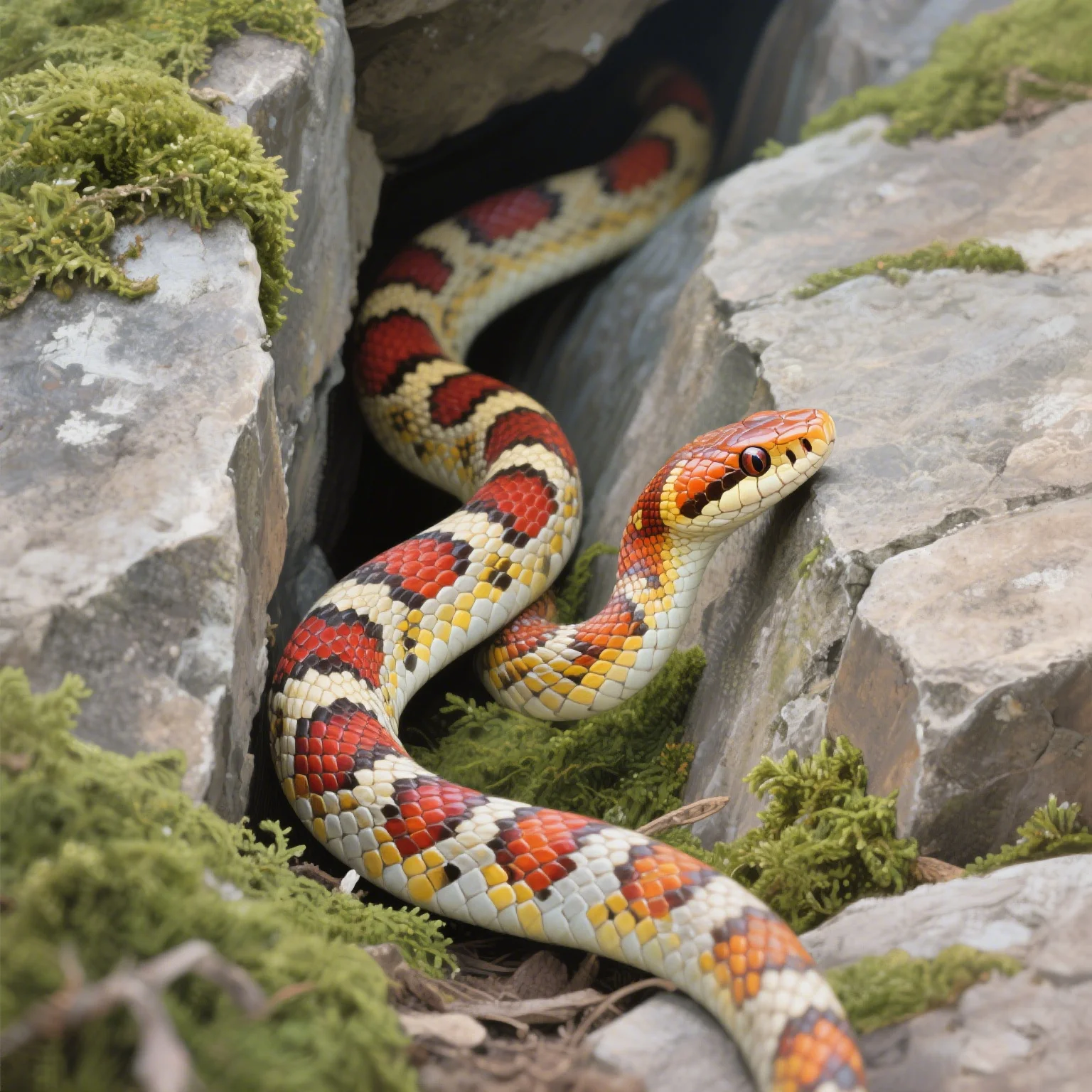
Don’t Delay Vet Visits: If you observe persistent abnormal behavior, especially combined with other physical symptoms, consult a reptile veterinarian promptly. Early intervention is critical.
Conclusion
Corn snakes are fascinating creatures with a range of natural behaviors rooted in their instincts. As keepers, it’s our responsibility to provide an environment that allows them to express these behaviors safely and to learn how to interpret their actions. By paying close attention to their movements, activity patterns, and responses, you gain valuable insight into their health and happiness. At LopeHare, we hope this guide helps you become a more informed and confident corn snake owner, deepening the connection with your unique pet. Remember, consistent observation and accurate interpretation are the cornerstones of excellent corn snake care.
References:
Information on corn snake general characteristics and behavior drawing from common herpetological knowledge and sources like Wikipedia: Corn snake.
